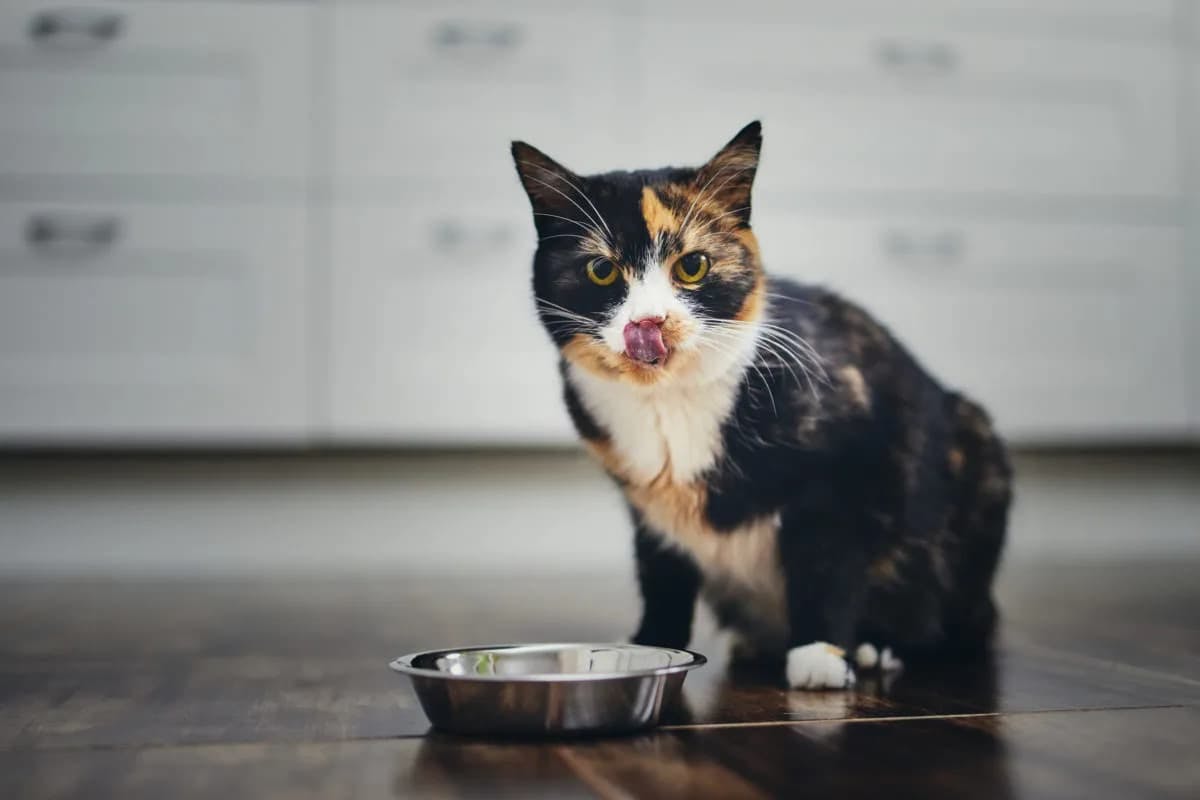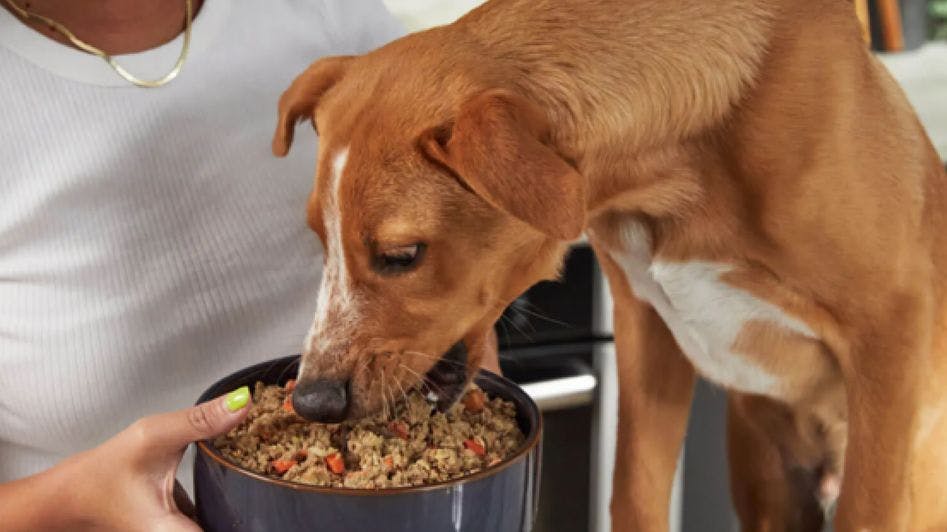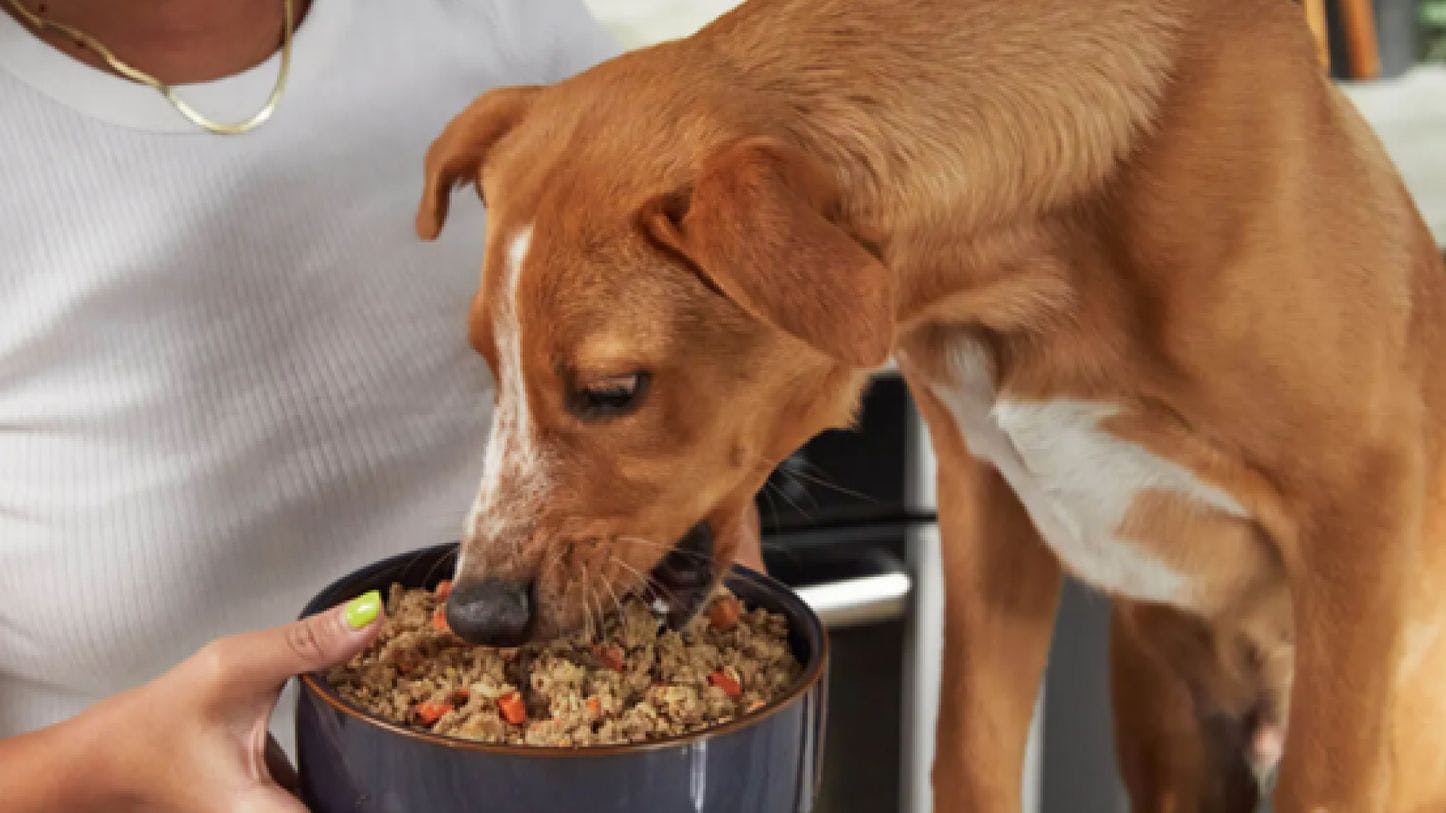
6 Tips For How to Choose the Right Cat Food for Your Feline's Health and Wellness
5.17.2021
Cat owners know the difficulty of choosing the right cat food. Not only are cats sometimes fussy eaters, but what you feed your cat can affect how they act, how much they shed, their litter box habits, and even how long they live. As obligate carnivores, cats need to consume certain vitamins, minerals, and amino acids to be healthy.
Next to veterinary care, the cat food you choose is one of the most important expenses cat parents will have. So how can you be sure you’re feeding the right food to your feline friend? We’ve got six tips to help you be an expert at choosing cat food.
AAFCO-approved
Named protein source
Grain-free
Limited ingredients
Cat food preservatives
Ethical brand
AAFCO-approved cat food
The Association of American Feed Control Officials (AAFCO) proposes regulations for pet foods in the United States. AAFCO-approved pet foods must meet certain nutritional and labeling standards. Choose an AAFCO approved cat food that is complete and balanced for all life stages so that you know your cat will be getting all of the vitamins and minerals they need in its diet.
Named protein source in cat food
We already mentioned the importance of protein for carnivores like cat. Look at the ingredients in the cat food you’re choosing to feed your cat. Choose cat foods with named protein sources like chicken, turkey, duck, rabbit, and pork. The ingredients are also listed by weight, so the ingredients at the front of the list make up the largest part of the cat food while the ingredients at the end of the list make up the smallest part.
Grain-free cat food
Check for ingredients like corn, wheat, soybean, or other grains or gluten meals in the cat food you choose. Remember when we said cats are carnivores? Do these sound like ingredients a carnivore would eat? Could you ever imagine your cat going into a cornfield and eating a cob of corn? Probably not. When you feed these ingredients to your cat, you can expect them to have larger, more frequent, stinky stools because their body can’t digest the ingredients, so they just pass right through. They may make your cat feel full, but they serve no health purposes. Grain-free, gluten-free cat foods are the right choice. Because your cat can digest more of the ingredients, their stools are smaller, firmer, and less stinky.
Limited ingredient cat food
The number of ingredients is just as important as the quality. Your cat doesn’t need 15 different ingredients in its diet, which isn’t like the diet its body was naturally made to digest. For cats with food allergies or sensitivities, choosing limited ingredient cat food also makes it easier to determine what ingredients may not be settling right with your cat’s body so you can avoid those ingredients in the future. Less ingredients also make it less likely for an allergy-triggering ingredient to be included in the cat food.
Cat food preservatives
Check out what type of preservatives your cat food uses. Scientific studies indicate chemical preservatives like BHA (Butylated Hydroxyanisole) and BHT (Butylated Hydroxytoluene) may not be safe for cats in any amount. Good cat food will only have natural preservatives like Vitamin E (mixed tocopherols) or Vitamin A (ascorbic acid).
Ethical cat food brand
Do some research into the cat food brands you’re interested in supporting. Do they use ethically sourced and humanely harvested ingredients? Do they use sustainable production methods? Are they honest and transparent with their ingredients and production methods? Remember that the cat food you choose affects more than just your cat, it also affects the environment.
If, after reading all these tips, you’re still unsure about what cat food is best to feed your cat, consult with a feline nutritionist. That’s what Vital Essentials does! Check out these podcasts with animal nutritionist Dr. Richard Patton and hear it straight from the expert’s mouth.
For more information on Vital Essentials and our full product line, follow us on TikTok and Instagram. And if you have any questions, be sure to check out our FAQ page for answers. Together, we can ensure your pet gets the proper nutrition they deserve.





